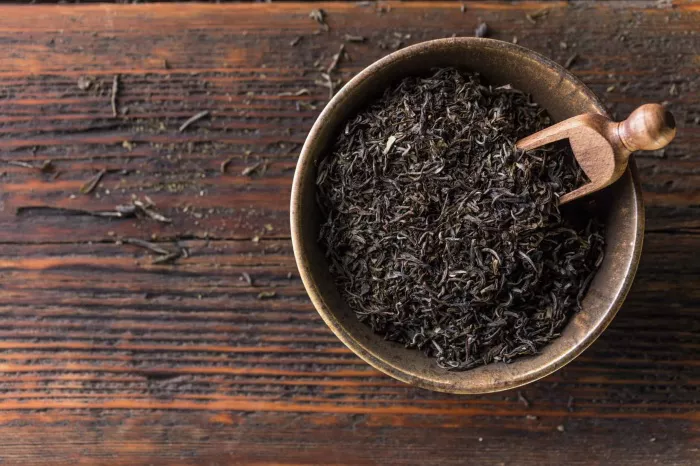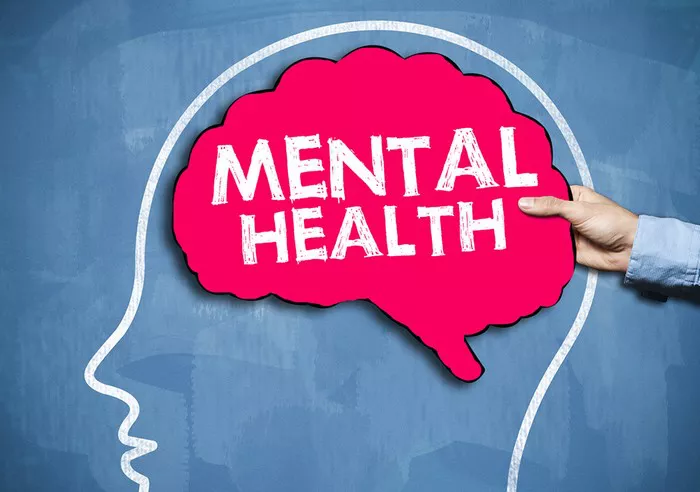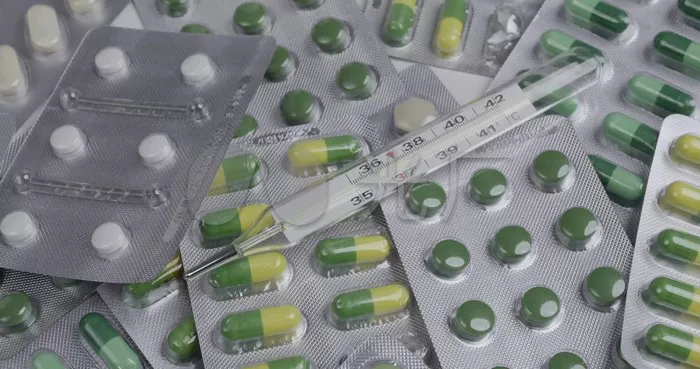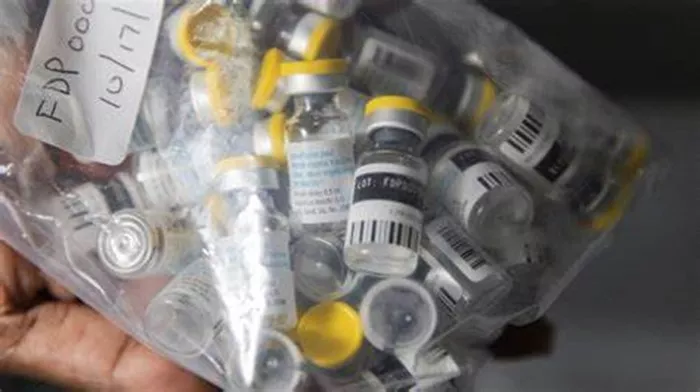Bipolar disorder is a mental health condition characterized by extreme mood fluctuations, ranging from intense episodes of depression to periods of elevated or expansive mood, known as mania or hypomania. While many people are familiar with the term “bipolar disorder,” understanding the specific components of the condition, particularly hypomania, is crucial for diagnosis and treatment.
What Causes Hypomania in Bipolar Disorder? This article will delve into hypomania in bipolar disorder, exploring its causes, symptoms, and how it affects individuals. We will also discuss the differences between hypomania and mania, as well as the various biological, environmental, and psychological factors that contribute to the onset of hypomanic episodes. Additionally, we will explore treatment options and the importance of recognizing hypomania for effective management of bipolar disorder.
What Is Hypomania?
Hypomania is a milder form of mania, marked by an elevated mood, increased energy, and enhanced productivity, but without the severe impairments in functioning or potential for harm associated with full-blown mania. It is one of the two primary mood states seen in bipolar II disorder, with the other being depression.
While hypomanic episodes can sometimes feel positive due to increased creativity, energy, and confidence, they can also lead to risky behaviors, poor judgment, and interpersonal difficulties. People experiencing hypomania might not feel like their behavior is problematic, and this can sometimes delay the recognition and diagnosis of bipolar disorder.
Symptoms of Hypomania
Hypomanic episodes are characterized by a set of specific symptoms, which can vary slightly from person to person. Common signs and symptoms include:
Elevated Mood: Individuals may feel unusually happy, euphoric, or excessively optimistic.
Increased Energy: A noticeable increase in physical activity, energy, and a decreased need for sleep.
Racing Thoughts: A person may experience rapid, scattered thoughts and ideas, often jumping from one to the next without completing them.
Impaired Judgment: The person may make impulsive decisions, engage in risky behaviors, or take on more tasks than they can handle.
Increased Sociability: An increase in talkativeness and engagement in social activities, sometimes to the point of being overly talkative.
Grandiosity: A person may have inflated self-esteem or feel invincible, often overestimating their abilities or importance.
Decreased Need for Sleep: While a person may feel energized, they may require less sleep, sometimes as little as 3-4 hours a night without feeling tired.
Irritability: A person may also become easily agitated or frustrated, particularly if their heightened energy is not being directed in a productive manner.
It is important to note that hypomania is distinct from mania in that it does not cause the significant impairment in daily functioning or the same level of risk to a person’s health and relationships.
Bipolar I Disorder vs. Bipolar II Disorder
Bipolar disorder is divided into two major types: Bipolar I and Bipolar II. The key difference between the two lies in the severity and duration of manic episodes.
-
Bipolar I Disorder: This type of bipolar disorder is characterized by the presence of manic episodes that last at least a week and often require hospitalization or cause significant distress or impairment in daily functioning. Depressive episodes are also common in Bipolar I, but the hallmark of the disorder is the occurrence of manic episodes.
-
Bipolar II Disorder: In contrast, Bipolar II disorder is diagnosed when an individual experiences hypomanic episodes, which are less severe than manic episodes, alongside periods of depression. Hypomania in Bipolar II can be disruptive, but not to the extent that it impairs functioning like mania.
What Causes Hypomania?
Understanding the causes of hypomania in bipolar disorder involves looking at a range of interconnected factors, including biological, genetic, psychological, and environmental influences.
1. Genetic Factors
Genetic predisposition plays a significant role in the development of bipolar disorder and, by extension, hypomania. Family history studies have shown that people with a first-degree relative (parent or sibling) who has bipolar disorder are at a higher risk of developing the condition themselves. Certain genes related to neurotransmitter function and brain activity may predispose individuals to bipolar disorder.
Recent research has identified several genetic markers that may contribute to the risk of bipolar disorder, including variations in genes that regulate serotonin, dopamine, and norepinephrine, all of which are neurotransmitters involved in mood regulation. These genetic factors may influence how the brain responds to stress and environmental factors, increasing the likelihood of experiencing mood episodes like hypomania.
2. Neurochemical Imbalances
The brain’s complex system of neurotransmitters—chemicals that transmit signals between nerve cells—plays a critical role in regulating mood and behavior. Imbalances in the levels of certain neurotransmitters, particularly dopamine, serotonin, and norepinephrine, are believed to contribute to the development of hypomanic episodes in individuals with bipolar disorder.
-
Dopamine: This neurotransmitter is involved in motivation, reward, and the brain’s pleasure system. Excess dopamine activity can result in heightened mood, impulsivity, and hyperactivity, which are common symptoms of hypomania.
-
Serotonin: Serotonin regulates mood, anxiety, and sleep. Low levels of serotonin have been associated with depressive episodes in bipolar disorder, while imbalances in serotonin levels can also contribute to the onset of hypomania.
-
Norepinephrine: This neurotransmitter is involved in the body’s stress response and plays a role in arousal, attention, and energy levels. High levels of norepinephrine are linked to the elevated mood and energy often seen during hypomanic episodes.
3. Structural and Functional Brain Changes
Research using brain imaging techniques has shown that individuals with bipolar disorder may have structural and functional abnormalities in areas of the brain involved in emotional regulation, decision-making, and impulse control. These areas include the prefrontal cortex, amygdala, and hippocampus.
-
Prefrontal Cortex: This region is responsible for executive functions such as planning, reasoning, and controlling impulses. Dysfunction in the prefrontal cortex may impair a person’s ability to regulate their emotions and behaviors, increasing the likelihood of experiencing a hypomanic episode.
-
Amygdala: The amygdala is involved in processing emotions and responding to stress. An overactive amygdala may lead to emotional dysregulation, which is a hallmark of bipolar disorder.
-
Hippocampus: The hippocampus is essential for memory and learning. In individuals with bipolar disorder, structural abnormalities in the hippocampus may contribute to difficulties in managing stress and emotional responses, which can trigger mood episodes.
4. Environmental Factors
While genetic and neurochemical factors are essential in the development of hypomania, environmental influences also play a significant role. Stressful life events, trauma, and disruptions in routine can act as triggers for the onset of hypomanic episodes.
-
Stress: Chronic stress or sudden stressful events, such as the loss of a loved one, job, or relationship, can trigger mood episodes in vulnerable individuals. In people with bipolar disorder, stress can disrupt the balance of neurotransmitters, leading to the onset of a hypomanic or manic episode.
-
Sleep Disruptions: Bipolar disorder is closely linked to irregular sleep patterns. Sleep deprivation or disruption can trigger the onset of hypomania, as lack of sleep can increase the activity of certain neurotransmitters like dopamine, leading to heightened mood and energy.
-
Substance Use: Alcohol, drugs, or even caffeine can interfere with the brain’s neurotransmitter system and increase the likelihood of mood episodes. In some cases, individuals may turn to substances in an attempt to manage their hypomanic symptoms, which can exacerbate the condition.
-
Seasonal Changes: Some individuals with bipolar disorder experience mood changes related to seasonal shifts. For example, hypomania may be more common in the spring or fall, possibly due to changes in light exposure or environmental stressors.
5. Hormonal Factors
Hormonal fluctuations, particularly in women, can influence the onset of bipolar disorder and hypomania. Research has shown that changes in estrogen and progesterone levels, particularly during puberty, pregnancy, or menopause, may trigger mood episodes in susceptible individuals.
For example, women with bipolar disorder may experience an increase in hypomanic or depressive episodes during their menstrual cycle, and postpartum women may be particularly vulnerable to mood disturbances due to the hormonal shifts that occur after childbirth.
Managing Hypomania
Recognizing the signs of hypomania early and seeking proper treatment is crucial in preventing episodes from escalating into full-blown mania or causing significant disruption in daily life. The treatment for hypomania typically involves a combination of medication, psychotherapy, and lifestyle adjustments.
-
Medications: Mood stabilizers (e.g., lithium), atypical antipsychotics (e.g., quetiapine), and anticonvulsants (e.g., valproate) are commonly prescribed to manage hypomania. Antidepressants may also be used to treat concurrent depressive episodes, though care must be taken to avoid triggering hypomania in individuals with bipolar disorder.
-
Psychotherapy: Cognitive-behavioral therapy (CBT) and other forms of psychotherapy can help individuals with bipolar disorder identify triggers, learn coping mechanisms, and manage their symptoms. Therapy can also help individuals better understand their condition and develop strategies for preventing hypomanic episodes.
-
Lifestyle Changes: Regular sleep, stress management techniques, and avoiding substance use are essential components of managing hypomania. Exercise and maintaining a stable daily routine can also help stabilize mood.
Conclusion
Hypomania in bipolar disorder is a complex condition with a range of potential causes, including genetic predisposition, neurochemical imbalances, brain structural changes, environmental factors, and hormonal fluctuations. Recognizing the symptoms of hypomania and understanding its underlying causes is crucial for effective diagnosis and treatment.
Through a combination of medication, psychotherapy, and lifestyle changes, individuals with bipolar disorder can learn to manage their hypomanic episodes and lead fulfilling lives. Early intervention and ongoing treatment are essential in preventing episodes from escalating into more severe mood episodes, such as mania or major depression.
By addressing both the biological and environmental factors that contribute to hypomania, individuals can better manage their bipolar disorder and reduce the impact of mood episodes on their lives.
Related Topics


































